I'm trying to figure out how to switch source power from one battery to another when one is dead or disconnected. the circuit needs to be able detect the loss of power on the jettisoned battery and switch to main battery. and have a fast switching time or a capacitor for powering the device during the switch.
What its for: I want to be able to carry external batteries on my RC plane and use these batteries first. When they are discharged I want to drop them (when it is safe and yes it is legal to drop things from RC craft when proper safety is ensured. i plan on dropping them near me with small parachutes so they can be recovered and reused) the switch need to be fast so not to reset the flight controller or Electronic Speed Controller (ESC) and so not to lose GPS signal.
lowest voltage at the battery(droppable) would be 12.2V and the ESC and flight controller can opperate down to 7v The system with the motor at 0% throttle draws about 700mA(being generous OSD shows 600mA)
update: In response ton the answer by @DonJoe. Would the circuit look something like this?


